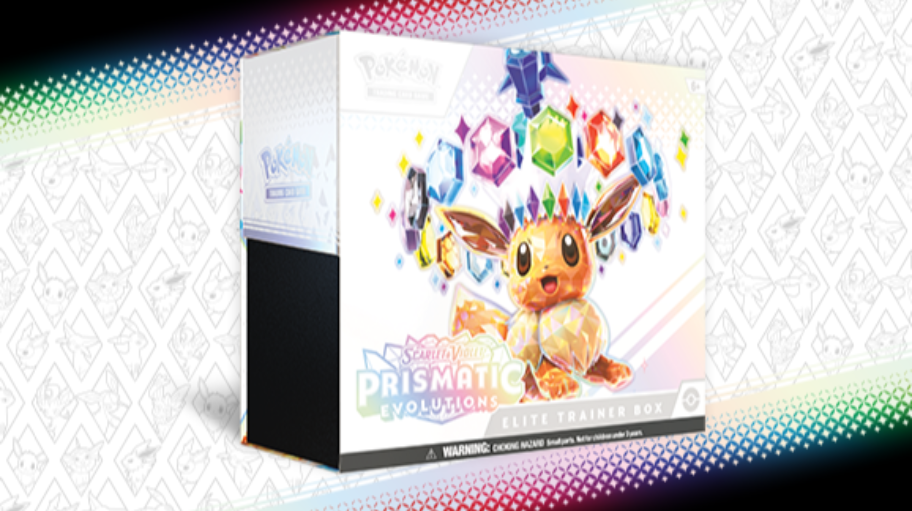If there’s a global phenomenon that captures both nostalgic sentiment and speculative frenzy, it’s got to be the current Pokémon Trading Card Game (TCG) craze. Once a beloved hobby of ’90s kids who fondly remember Pikachu and Charizard, it has now evolved into a massive, almost frenzied pursuit. Walk by any big-box retailer on restock Fridays, and you’ll encounter a line so long you might think there’s a pop star playing an impromptu show inside. Alas, it’s far less melodic and a whole lot more transactional. At the front of this sprawling line are fervent collectors and speculative scalpers, keen to grab fresh Pokémon card restocks faster than you can say “I choose you!”
The weekly restock scenes at these stores resemble battle zones, and that’s barely a hyperbole. Collectors, with their reverent love for Pokémon, compete with scalpers whose eyes glint like Gyarados out to make a killing. Conveniently cloaked in fiscal opportunism, these speculators aren’t really interested in the Pokémon universe but instead the potential dough that comes from selling these cards at jaw-dropping prices. The shelves are swept clean almost instantaneously, leaving casual collectors—especially the younger fans—outpaced and empty-handed. What these scalpers grab is soon flipped online for prices with a markup so high, they could challenge a Fearow’s flight path.
The irony is that The Pokémon Company, aware of this white-hot demand, has been ramping up their print runs significantly. Sets that were initially rare and chased after thanks to this perceived scarcity are now as widespread as Pidgeys on Route 1. Collections like “Evolving Skies,” “Crown Zenith,” and those special editions like the illustriously promoted “Van Gogh Pikachu” cards have suffused the market like never before.
The “Van Gogh Pikachu” card serves as a poignant tale within this narrative. At present, around 40,000 PSA 10 versions have been graded, rendering the notion of rarity laughably moot. This saturation signals that the market’s perceived exclusivity can be as deceptive as Muk’s camouflage.
The present Pokémon fervor doesn’t just mirror the sports card bubble from the late ’80s and early ’90s—it practically narrates its script anew, albeit in a more youthful dialect. In that era, card manufacturers, running high on booming demand, printed vast quantities of what were considered collectible cards. Eventually, the discovery that “rare” cards were as common as a Magikarp splash led to a market crash where tables stacked with unsellable cardboard fizzled to collectors’ chagrin.
The Pokémon card realm seems poised at a similar precipice, cushioned by a wind of speculative buying, Hype vs. Reality, and an ever-expanding roster of PSA graded cards. Each signal blinks technicolor warnings reserved less for Pikachu and more for potential market temperance and inevitable correction.
Predicting when the bubble will indeed pop is akin to foreseeing a successful Ditto transformation—it’s anyone’s guess. Yet, indicators imply we’re nearing that zenith where saturation might catch up with hyped expectations. Scalpers driven by credit card indulgence might soon be greeting their bank accounts with less than cheerful “howdys,” leading to inevitable inventory liquidation as Pokémon values plateau or drop. And as collectors wise up to the inflated pop-celebrity-style numbers of specific cards, they might beat a tactical retreat, further cooling the market’s temperature.
Long-time Pokémon connoisseurs advise judiciousness and patience—a nod of veteran experience reminiscent of Professor Oak’s sage wisdom. If history tucks itself neatly behind the lens of old lessons, the Pokémon TCG’s skyrocketing saga might indeed slope downward, creating space for the timeless archetype: genuine rarity above and beyond the enticing clutches of manufactured excitement, dictating true value’s allegory once more.
